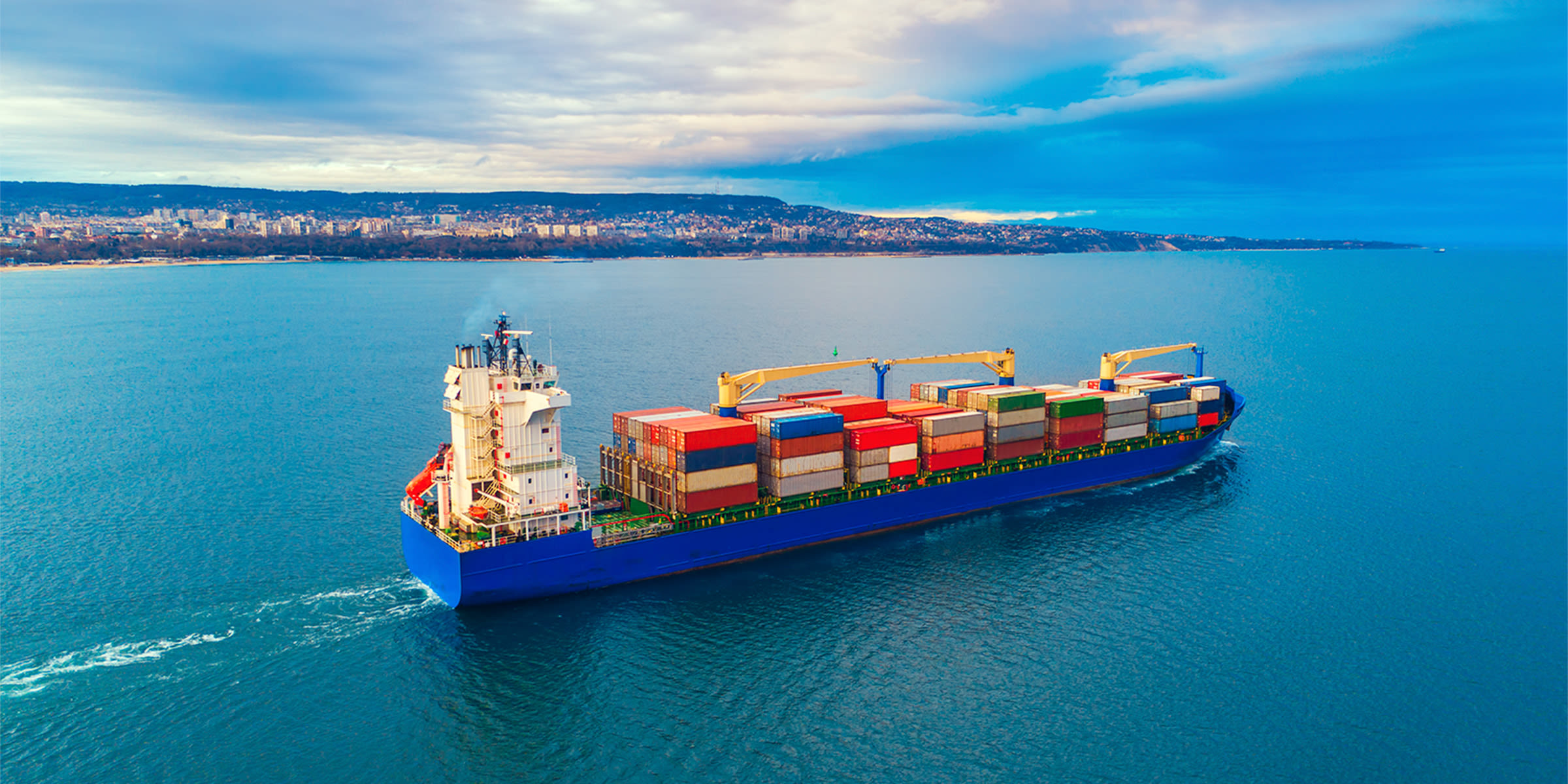
December 8, 2021
Track Logistics Trends and Supply Chain Delays With New Flexport Indicators
Tags:
Track Logistics Trends and Supply Chain Delays With New Flexport Indicators
December 8, 2021
With logistics congestion contributing to the disruption of supply chains around the world, wouldn't it be great to know when bottlenecks might clear?
- How much longer does it take for cargo to ship from Asia to North America or Europe?
- Are shipping delays getting better or worse?
- What's the rate at which consumer are choosing to spend on goods instead of services?
There’s no crystal ball, but by following key trends and new data, you can gain insights in a volatile market.
Check out these four Flexport Research indicators and trackers to help you make sense of the current supply chain chaos. We're using our front row seats in international logistics to provide unprecedented insights into the workings of the global economy.
1. Post-Covid Indicator Tracks Demand for Goods
Goods demand is one of the ultimate drivers of congestion, and it may not recede any time soon.
Covid triggered a tsunami of consumer demand that hasn’t yet subsided to pre-pandemic levels. The global shift in consumer preferences for goods over services is particularly strong in the United States. Importers can’t really count on the typical slower season of pre-Covid years to guide demand forecasts anymore.

Flexport's Post-Covid Indicator (PCI) tracks the balance between U.S. consumers’ spending on goods versus services. It has consistently shown that preference is elevated above pre-Covid rates. Our latest forecast shows the balance is expected to swing further to goods during peak season compared to both summer stability and the prior year, and will stay elevated for the near future.
By tracking these predictions, you can get a grip on one of the fundamental factors in global trade. We analyze exclusive shipping data to predict how demand could shift in the coming months.
The Flexport Post-Covid Indicator is updated momnthly, based on an analysis of correlations between detailed shipping data and national consumption behavior.
View Flexport's Post-Covid Indicator
2. Ocean Timeliness Indicator Tracks Transit Times
There may be shortages of vessel capacity, shipping containers, truck chassis, warehouse space, and labor, but there is no shortage of congestion-crisis analysis.
Need to dial into some ocean focused metrics instead? How much longer does it take for cargo to ship from Asia to North America or Europe? Updated on a weekly basis, the new Flexport Ocean Timeliness Indicator shows the time taken to transit from the "Cargo Ready Date" at exporters’ gate to the "Destination Port Departure Date" when products are collected from its destination port. Measures are shown for Far East Westbound (e.g. China-to-Europe) and Transpacific Eastbound (e.g. China-to-US) routes.
*Spoiler alert: Transit times are very high right now, higher than ever on the TPEB and just below the record high on the FEWB. *

The ocean shipping world tends to run along “trade lanes.” The two biggest carry goods from Asia to North America and from Asia to Europe. The OTI captures timeliness on each of these. In our latest update the Far East Westbound (FEWB) Measure slowed by one day and the Transpacific Eastbound (TPEB) held at its previously-set record.
View Flexport's Ocean Timeliness Indicator
3. Trade Activity Forecast Tracks U.S. Merchandise Import Growth
The Flexport Trade Activity Forecast combines traditional economic statistics alongside Flexport’s proprietary data and analysis to generate a forecast of U.S. merchandise import growth. Imports are expected to expand by 15% for Q4’21 overall.
The use of additional data has been particularly important since the advent of the pandemic and the resulting shift in trade patterns away from historic averages.

In aggregate, Flexport's Trade Activity Forecast shows for a slowdown in the growth of U.S. merchandise imports to 16% year over year in October, and overall growth in Q4’21 of 15%. Looking further ahead, a slowdown in January and February linked to normal seasonality and the Lunar New Year holiday is expected to be followed by a renewed expansion in demand.
The continued willingness of consumers to prioritize goods spending and the shift in corporate spending to rebuild inventories will be key determining factors of imports beyond that point.
View Flexport's Trade Activity Forecast
4. Southeast Asia & Supply Chains Indicators Track Recent Trends in Manufacturing in Southeast Asian Countries
Southeast Asia is a key region of interest thanks to its low costs, proximity to established suppliers in China, and rapidly developing manufacturing capabilities. These indicators track recent trends in
manufacturing in Southeast Asian countries, and challenges and opportunities
firms should consider when making their supply chain decisions.
Optimizing production costs, managing complex logistics and navigating changing trade policies are key considerations. Where’s the best place to produce consumer goods in Asia? Does the latest data suggest that changes in supply chain practices are needed? These indicators help you develop a sourcing strategy that makes sense for your products and your business.

The Flexport Southeast Asia Sectoral Cost Indices (SEASCI) provide a comparison of the wholesale cost of U.S. imports of apparel, electronics and furniture from Southeast Asia and China.
Our latest analysis shows that Vietnam's price advantage over China has widened slightly in Q3’21 compared to prior quarters. In apparel the trend has slowed while in electronics China has lost ground after having started to erode Vietnam’s advantage previously.
View Flexport's Southeast Asia & Supply Chains Indicators
More Timely Insights From Flexport Research
Logistics has been described as "a backstage pass to the world economy." As the technology platform for global logistics, Flexport has a unique vantage point on global trade and supply chains. The Flexport Research team will continue to post updates to all of our economic indicators regularly at Flexport.com/research.
Check out Flexport Research for the latest reports, indicators and expert commentary.
Any questions about Flexports trackers and indicators should be sent to economics@flexport.com
About the Author
December 8, 2021




